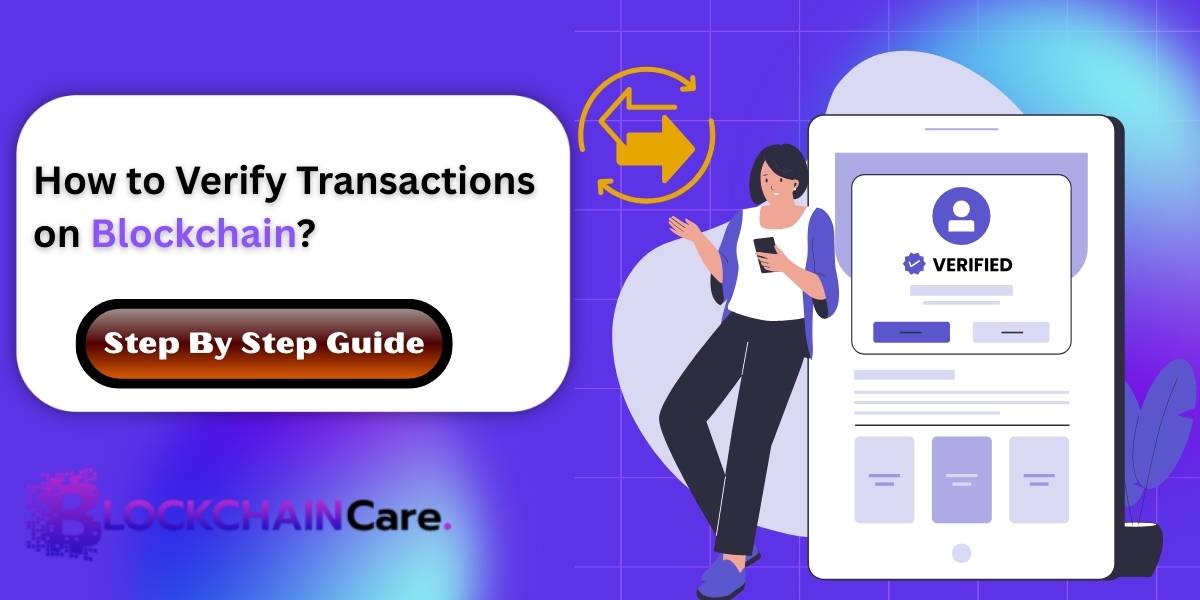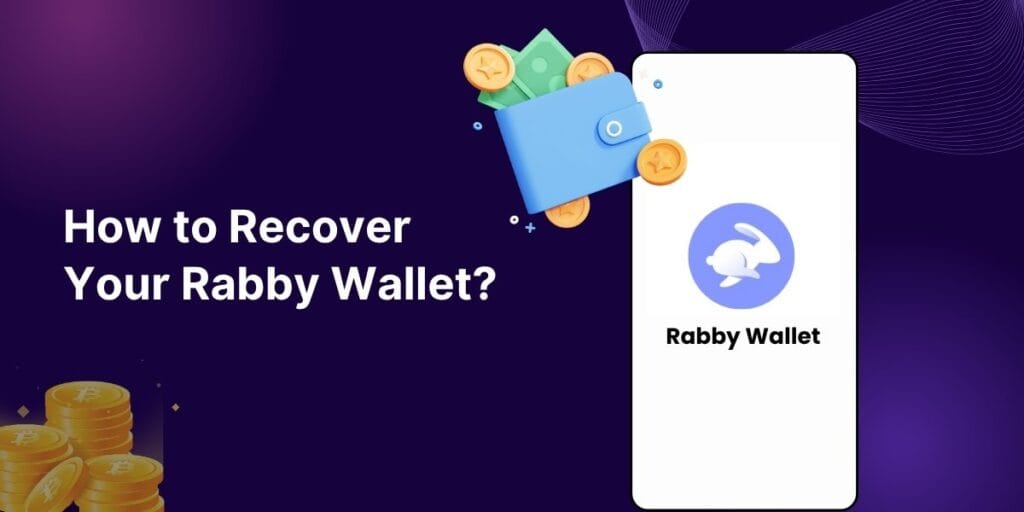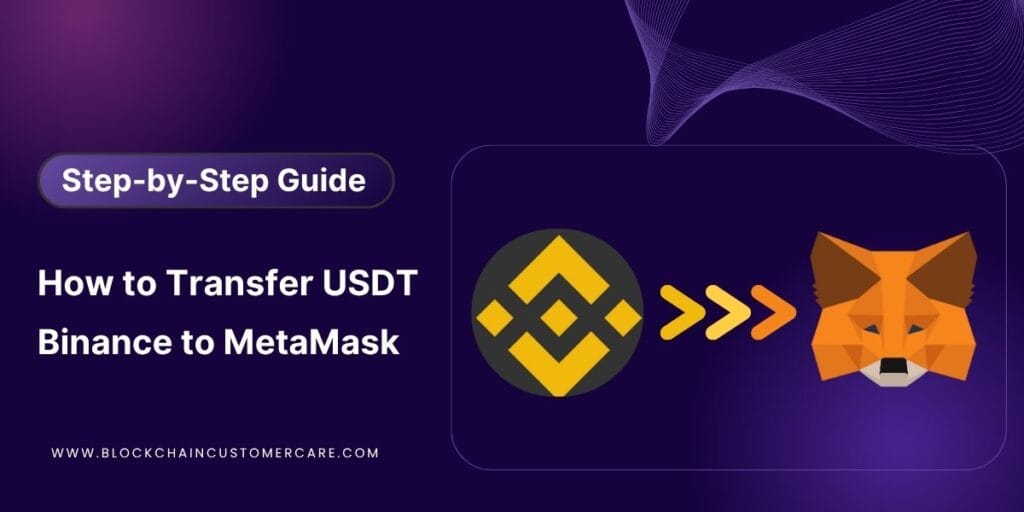In the world of cryptocurrencies and blockchain technology, transparency is a cornerstone. Every transaction conducted on a public blockchain is recorded on a distributed and immutable ledger. But how can an individual user like yourself verify transactions on blockchain? This is where blockchain explorers come into play.
These powerful and user-friendly tools act as search engines for the blockchain, allowing anyone to view the details of transactions, blocks, and even wallet addresses. This article will guide you through the process of how to verify transactions on blockchain using these explorers, ensuring you can track and understand the flow of digital assets.
Why is it Important to Verify Transactions on Blockchain?
Being able to verify transactions on blockchain offers several key benefits:
- Transparency: You can independently confirm that a transaction you sent or received has been successfully recorded on the blockchain.
- Security: Verifying transactions helps ensure that funds have reached their intended destination and that the transaction details are accurate and haven’t been tampered with.
- Troubleshooting: If a transaction appears to be delayed or missing, a blockchain explorer can provide insights into its status and potential issues.
- Research: For those interested in blockchain analysis, explorers offer a wealth of data on transaction patterns, network activity, and more.
📚 Read also: How do I track Blockchain transactions?
How to Verify Transaction on Blockchain (Step-by-Step)
Here’s a simple breakdown of how you can verify transactions on blockchain:
Step 1: Find Your Transaction ID (TxID)
Before you can verify a transaction on blockchain, you need your transaction ID — a unique string of letters and numbers assigned to every transaction.
Where to find it:
- Go to your crypto wallet or exchange (e.g., Kraken, Binance, MetaMask).
- Locate the transaction under your history or recent activity.
- Look for a label like “Transaction ID,” “TxID,” or “Hash.”
- Copy the entire TxID string.
The TxID is your unique key to track a transaction on the blockchain.
Step 2: Open a Blockchain Explorer
Use a blockchain explorer to look up transaction details. Be sure to use one that matches the coin’s network:
- Bitcoin: blockchain.com or blockchair.com
- Ethereum: etherscan.io
- Solana: solscan.io
- Polygon: polygonscan.com
- BNB Smart Chain: bscscan.com
What to do:
- Open the correct explorer in your browser.
- Paste the TxID into the search bar.
- Hit Enter to view the transaction details.
Step 3: Review the Transaction Information
Once the explorer loads your transaction, here’s what you’ll see:
- Status: Confirmed, Unconfirmed (Pending), or Failed
- Confirmation Count: Number of times the transaction was verified in a block
- Amount: The value of cryptocurrency transferred
- Sender & Receiver Addresses: The “From” and “To” wallet addresses
- Date & Time: When the transaction was broadcast and confirmed
- Network Fee: How much was paid to miners/validators to process the transaction
A transaction is usually considered secure after 3 to 6 confirmations, depending on the coin.
Step 4: Understand the Status of the Transaction
Here’s what the status means when you verify a transaction on blockchain:
- Unconfirmed/Pending: The transaction has been sent to the network but is still waiting to be included in a block.
- Confirmed: The transaction has been added to the blockchain and validated by the network.
- Failed: Something went wrong — the transaction might not have met the minimum fee or was rejected by the network.
Step 5: Save or Share the TxID (Optional)
If you’re providing proof of payment or tracking the process with someone else, you can copy the link to the transaction and share it. Since blockchain is public, anyone with the TxID can view the status.
Where to Verify Transactions on Blockchain for Popular Coins
| Coin | Blockchain Explorer |
| Bitcoin | blockchain.com |
| Ethereum | etherscan.io |
| Solana | solscan.io |
| BNB Chain | bscscan.com |
| Polygon | polygonscan.com |
| Avalanche | snowtrace.io |
Conclusion
Now you know exactly how to verify transactions on blockchain, from grabbing your TXID to checking confirmations on a public explorer. It’s a simple but essential part of using crypto safely. Whether you’re just starting out or managing daily transfers, learning this process adds another layer of confidence to your blockchain journey.
Frequently Asked Questions (FAQs)
What is a TXID?
A Transaction ID (TXID) is a unique identifier that allows you to track and verify transactions on blockchain.
Can I verify a transaction without the TXID?
Yes, you can also search using a wallet address or block number on many explorers, but the TXID is the most direct method.
What does “unconfirmed” mean?
An unconfirmed status means the transaction has been broadcast but not yet included in a block. Wait for confirmations to complete.
How long does it take for a transaction to confirm?
It depends on the blockchain network and congestion. Bitcoin may take 10–60 minutes, while Solana and Polygon are usually much faster.




